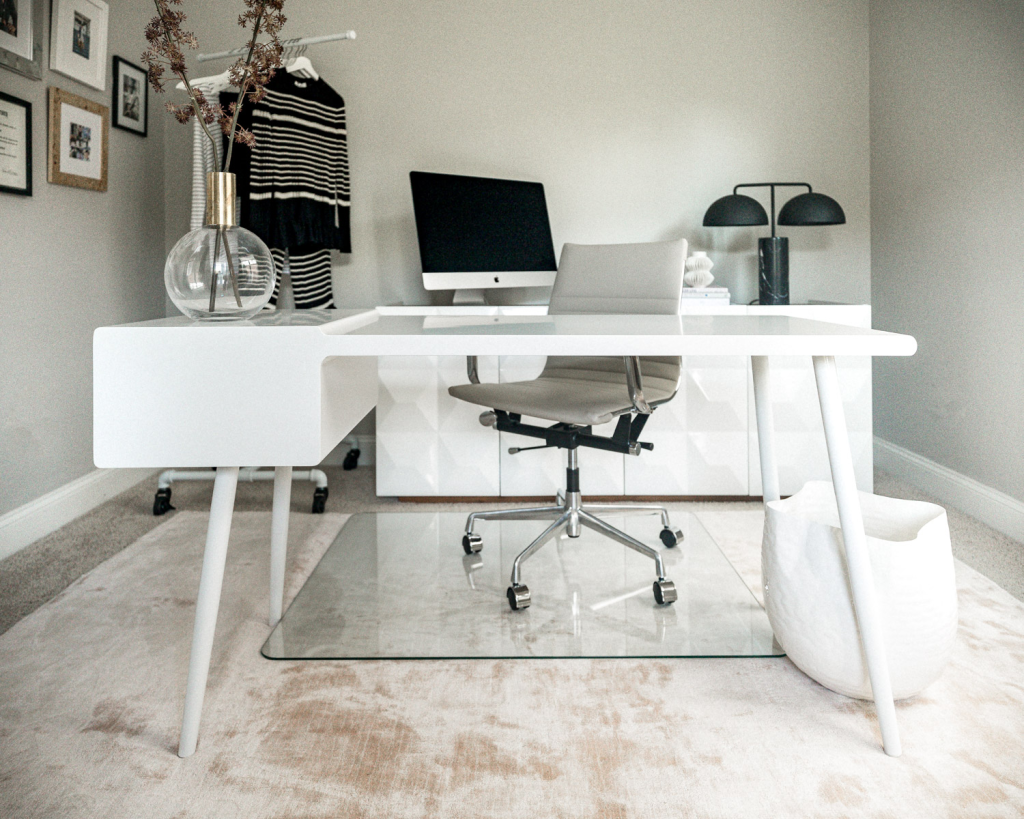Designing a home office that combines functionality and style can significantly influence how productive and comfortable you feel while working. Your workspace should not only help you stay focused but also make you enjoy the hours spent there.
Why Your Home Office Design Matters
The environment where you work directly affects your efficiency, mood, and ability to concentrate. A well-planned home office reduces distractions and helps you separate work from home life. At the same time, it should reflect your personal taste because a visually appealing setting often improves motivation and reduces stress.
Choosing the Right Location

Selecting the right spot in your home is the first step. If possible, pick a quiet area where interruptions are minimal. Access to natural light is equally important, as it boosts energy and prevents eye strain. Even if you work in a shared space, positioning your desk near a window or adding sheer curtains can create an airy, focused environment.
Essential Furniture for Comfort and Efficiency
The core of any functional home office is a good desk and chair. An ergonomic setup supports your posture and prevents discomfort during long work sessions. Storage solutions, such as shelves or compact cabinets, keep items organized and out of your way, allowing you to maintain a clear workspace that helps you think clearly.
Incorporating Style Without Losing Functionality
A stylish home office doesn’t need to sacrifice practicality. Start with a color palette that inspires focus—soft neutrals, muted greens, or calming blues tend to work well. Include décor pieces that serve a purpose: for example, a beautiful clock helps you track time while doubling as a design element. Thoughtful accents add personality but avoid clutter.
Lighting for Both Work and Ambiance

Lighting plays a vital role in both comfort and atmosphere. Task lighting, like a well-placed desk lamp, ensures that documents and screens are easy to read. Ambient lighting, such as floor lamps or wall sconces, softens the overall tone and makes the space more inviting. Choosing energy-efficient bulbs can provide the right brightness while keeping your bills lower.
Technology and Cable Management
An organized workspace should also extend to your technology setup. Keeping devices arranged neatly prevents chaos and visual overload. Hiding cables behind desks or using cable sleeves creates a cleaner look that reduces distractions and keeps the space visually calm.
Adding personal touches turns your office into a place where you actually want to spend time. Artwork that inspires you, indoor plants that bring freshness, or a framed photo can make the space feel yours without taking away from its professional nature. A room that reflects your personality can often spark new ideas and improve your mood.
Tips for Maintaining an Organized Home Office
A well-designed office is only effective if it stays organized. Make it a habit to clear your desk at the end of each workday. Use smart storage hacks such as keeping only what you need on the surface and tucking everything else away. This daily effort ensures that your workspace remains ready for a productive start each morning.
One common error is overdecorating. While stylish touches are important, too many objects can overwhelm you and reduce available space. Another frequent mistake is ignoring ergonomic needs. A beautiful office that causes back pain will quickly lose its appeal.
A functional yet stylish home office is the result of thoughtful choices. By blending comfort, organization, and personal taste, you can create a space that supports productivity while making your workday more enjoyable.

